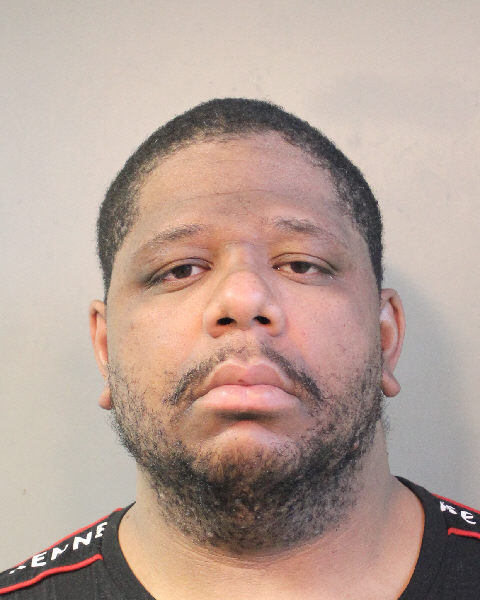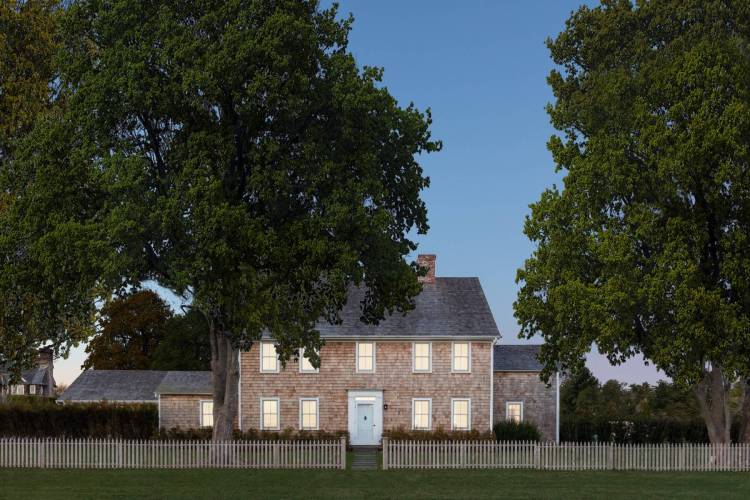
(Photo courtesy of New York State)
A change in the way New York State is measuring its guidelines for tracking
COVID-19 hospitalization and hospital deaths may allow Long Island to begin reopening sooner than it would have been able to otherwise.
On Sunday, May 17, the state announced that any region that has seen an average of fewer than five hospital deaths a day over a three-day period or a 14-day decline in hospital deaths will have fulfilled the second of the state’s seven requirements a region must meet to enter phase one of the reopening process. Prior to Sunday, the averages had been recorded from the beginning of March to the expiration date of the NY on PAUSE Act on May 15, but now any three-day period following May 15 will satisfy the requirement as well. That revision allowed Western New York and the Capital Region to begin reopening procedures, where before they had been unable to do so because of spikes in deaths they saw weeks prior.
As of May 19, the Long Island Region (which encompasses all of Nassau County and Suffolk County) has seen a decline in hospital deaths for seven days straight, and averaged 13 deaths per day during the most recent three-day period for which data is available. Should the region experience fewer than five deaths per day over a three-day period before it records 14-straight days of declining hospital deaths, it will be able to cross off that reopening requirement earlier than it would have had the metric not been altered.
Long Island has still only fulfilled four of the seven requirements the state has put in place for regions to enter the first phase of the reopening process, which permits things like limited curbside retail activity for nonessential businesses. Seven of the 10 regions the state has been divided into for reopening purposes have achieved all seven, and of the remaining three Long Island is tied with New York city for the fewest guidelines hit. As recently as May 14, Long Island was recorded as having met five of seven guidelines, although that number was revised to four after the state realized county officials had counted Cuomo’s expectation that Nassau and Suffolk would have enough contact tracers as if it fulfilled the contact tracer requirement. Each county needs 30 contact tracers per 100,000 residents, which works out to a bit more than 400 for each. As of Thursday, neither have hit that mark, but a spokesperson for Nassau County executive Laura Curran said the county currently has a sufficient number of contact tracers undergoing training for the position.
Long Island is also on the brink of meeting the requirement that 30 percent of all its hospital beds be available. As of May 19, 29 percent of beds in the county were open.































